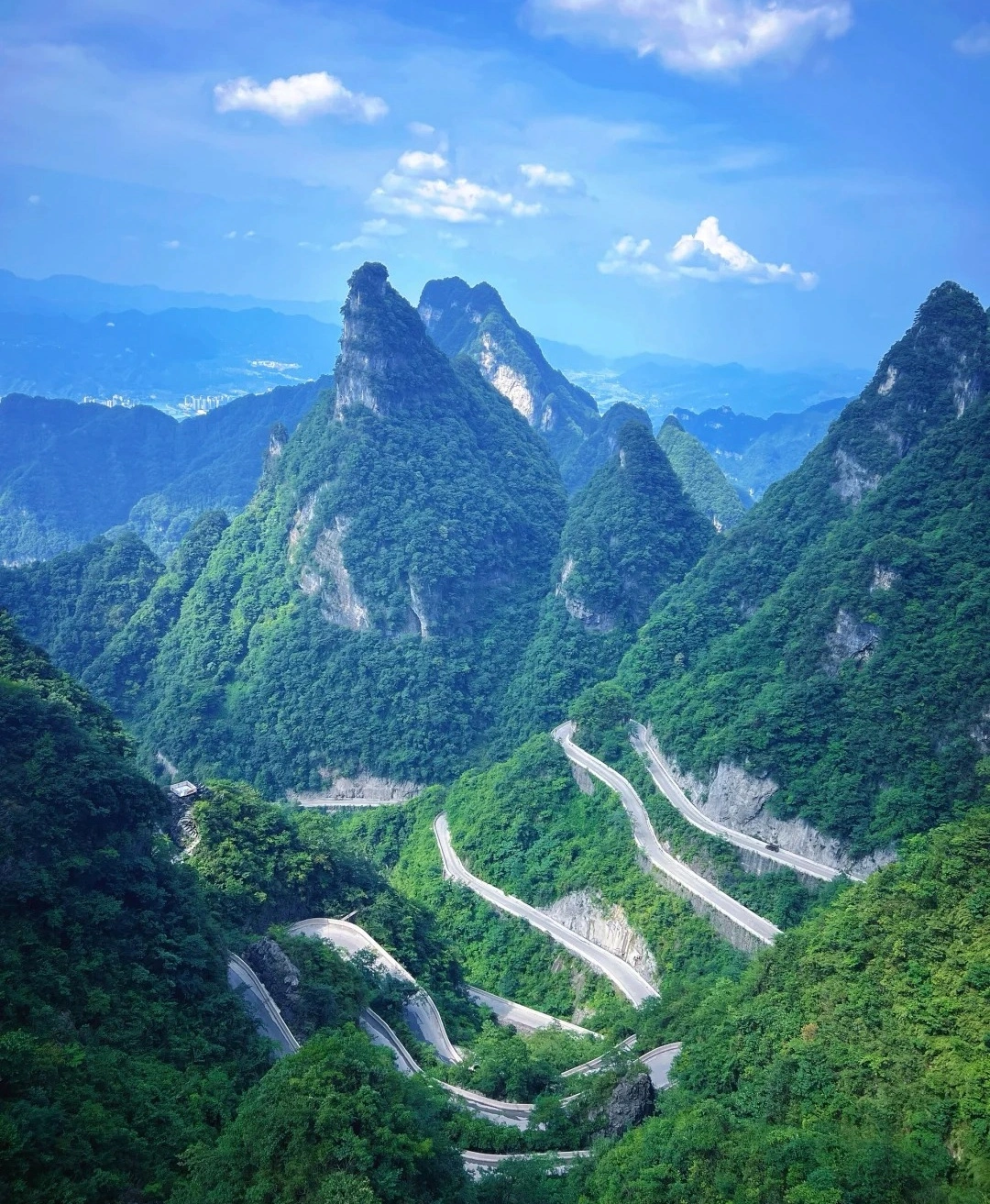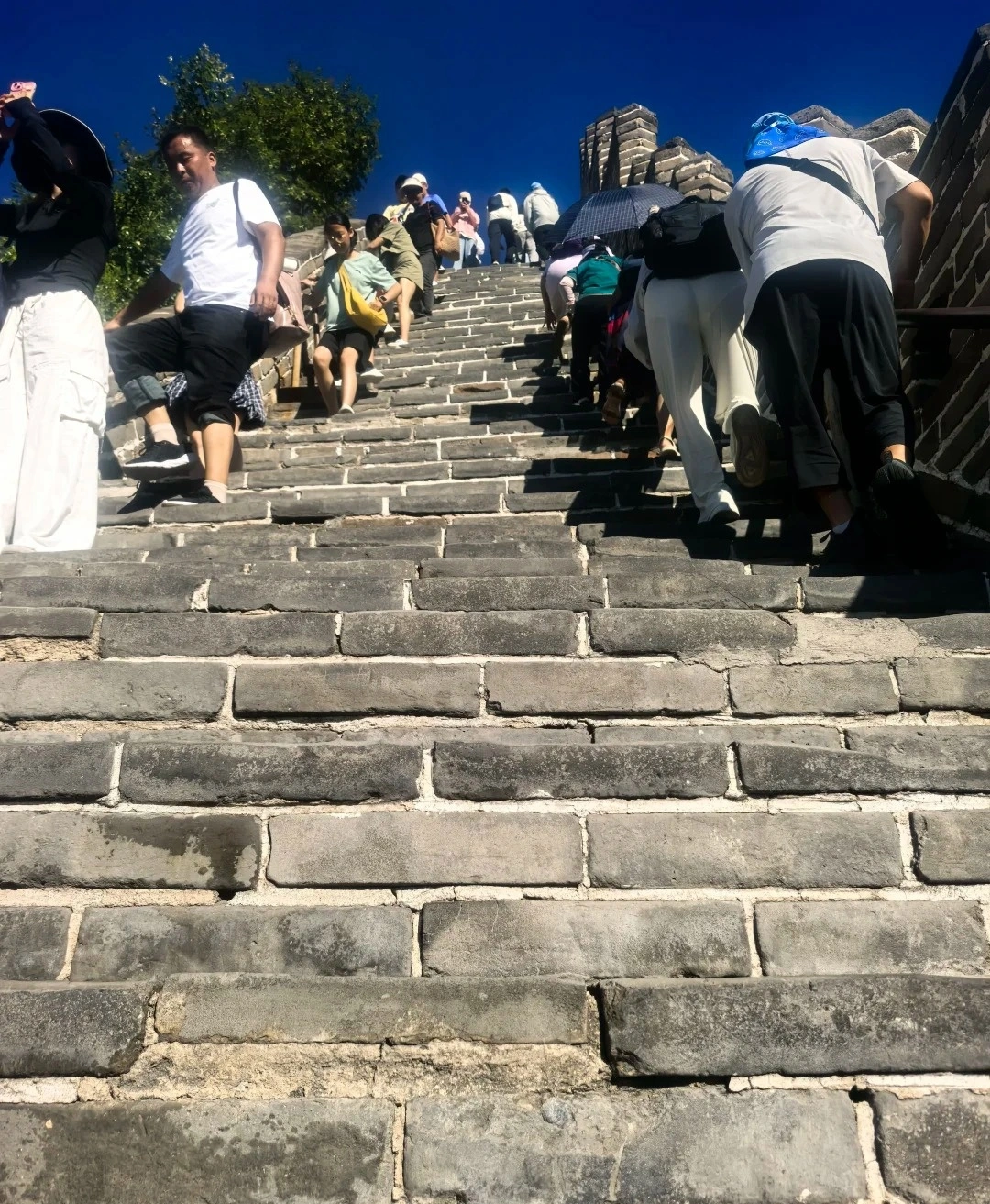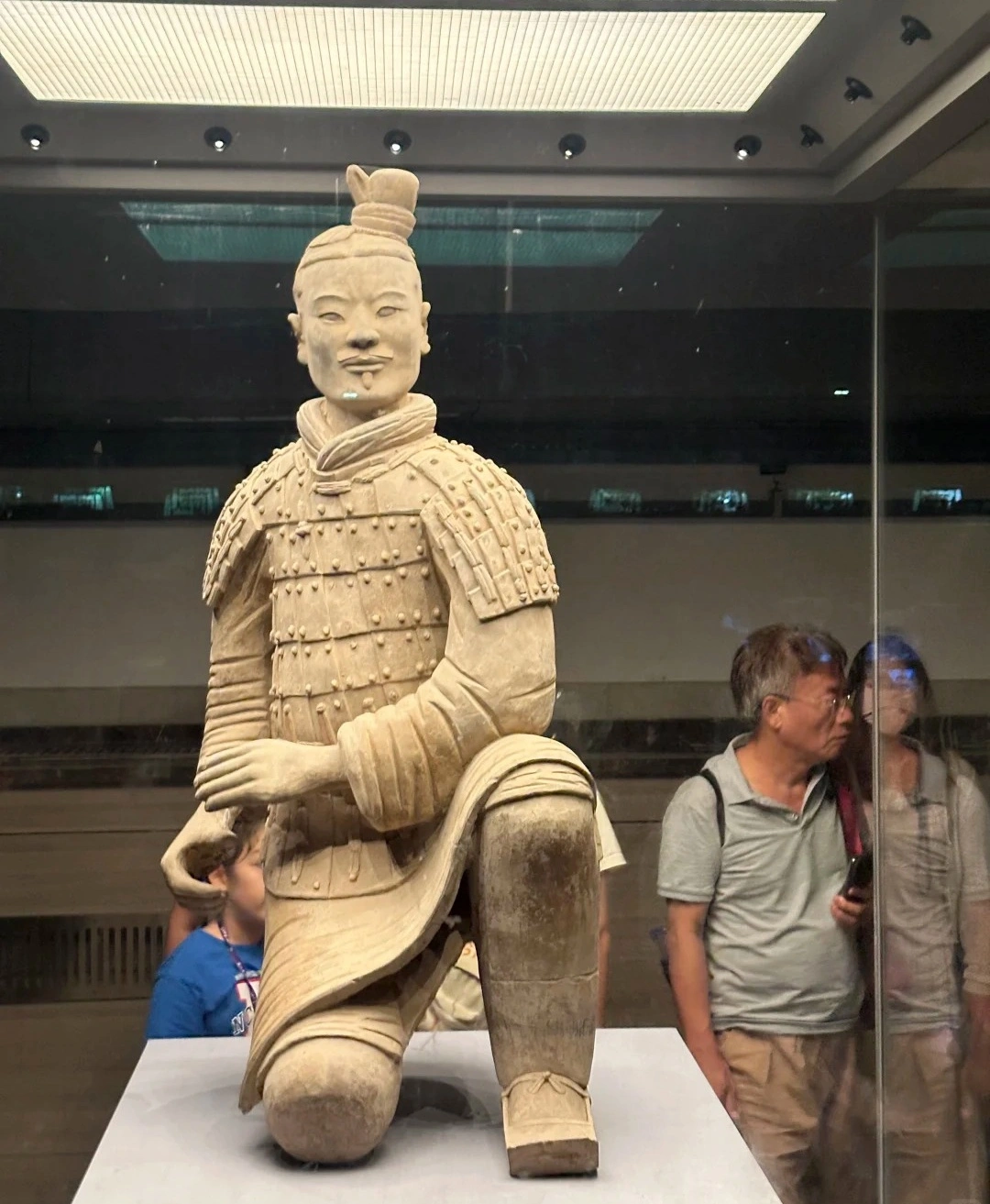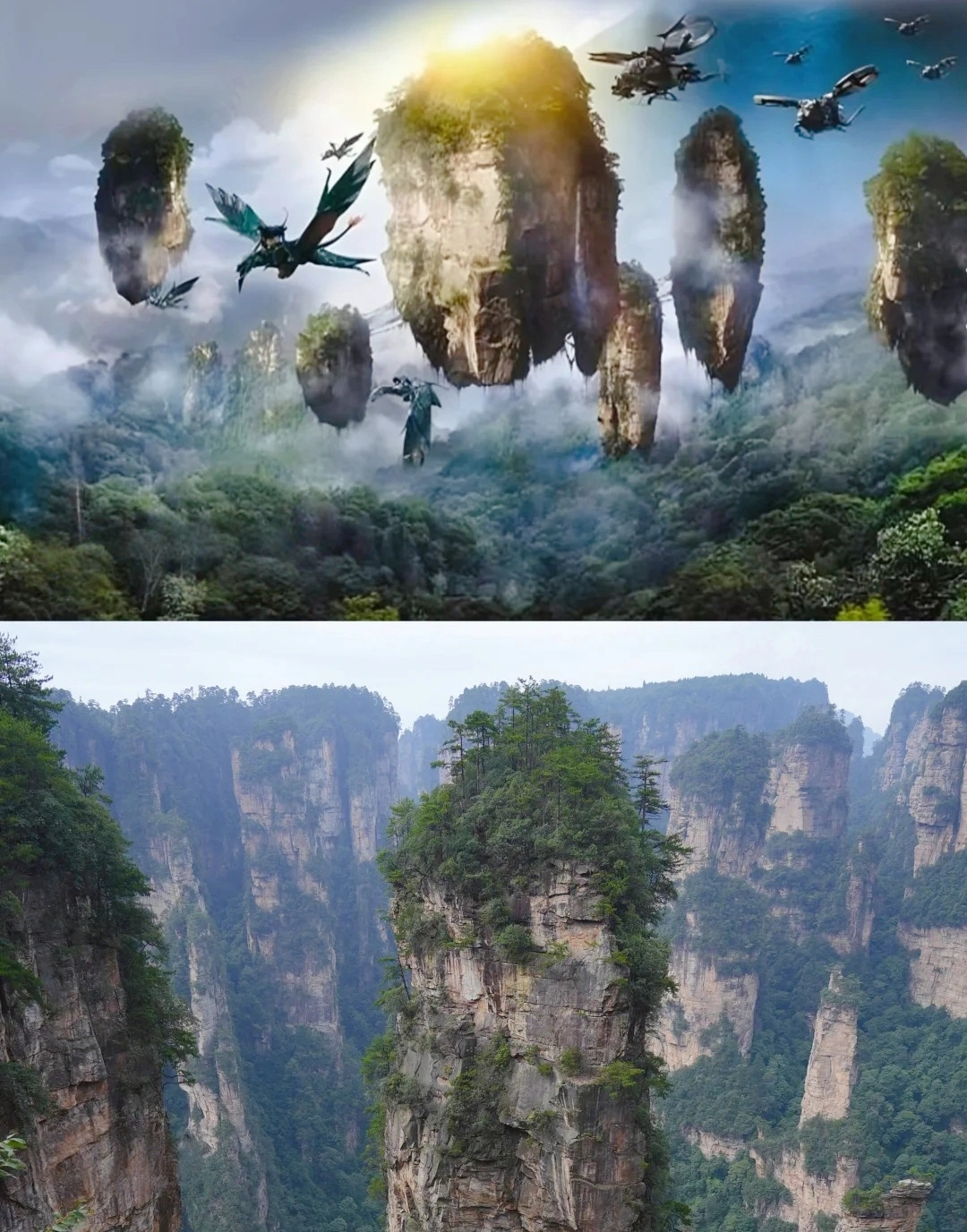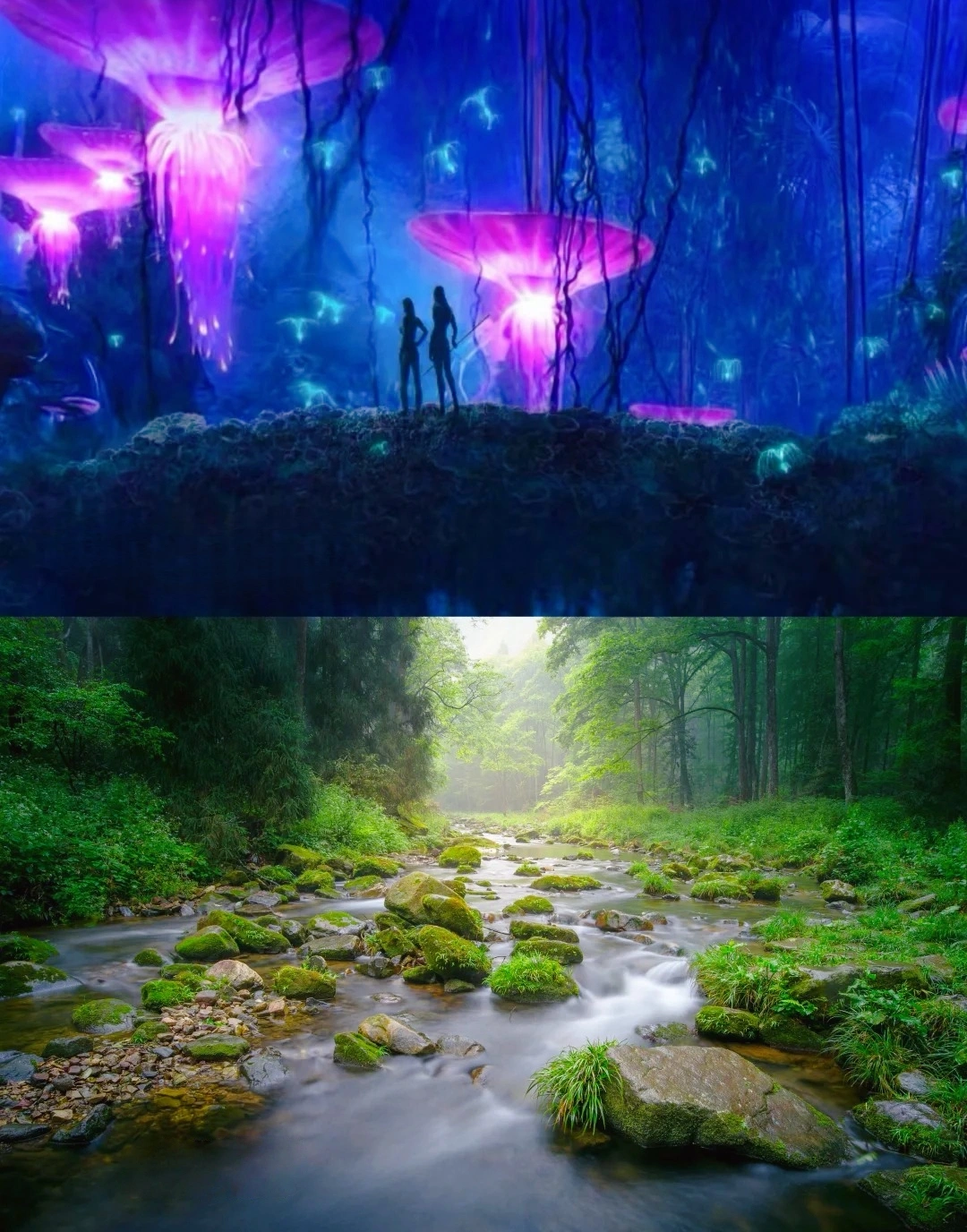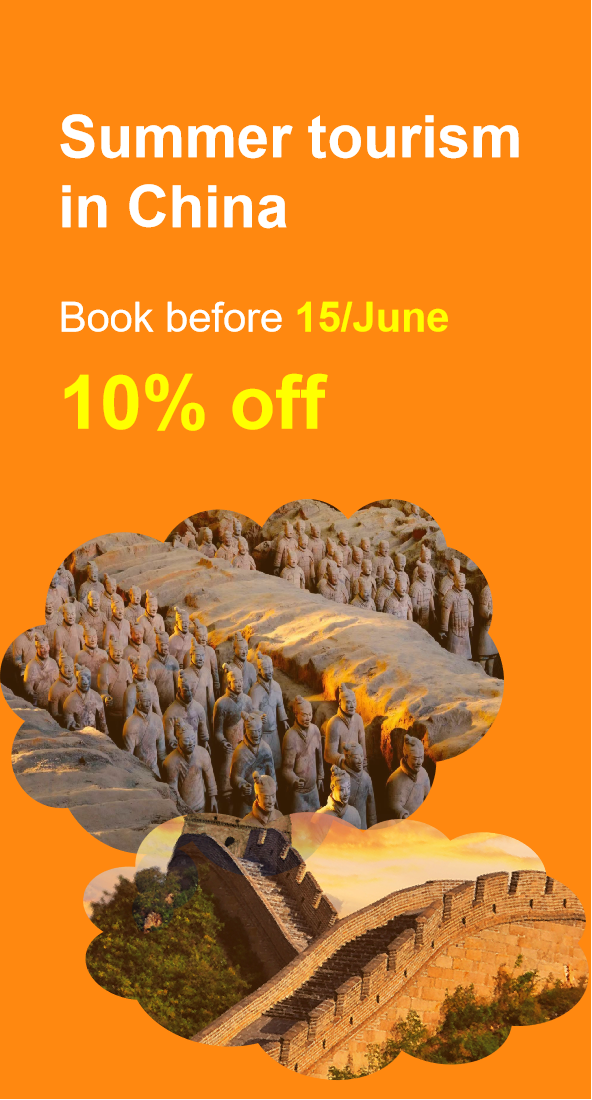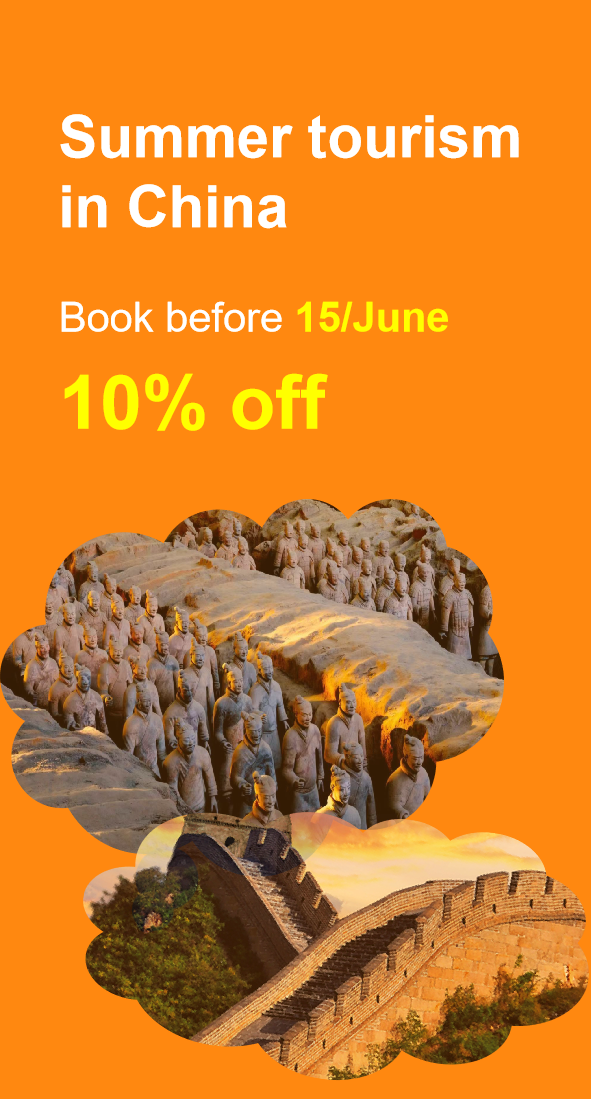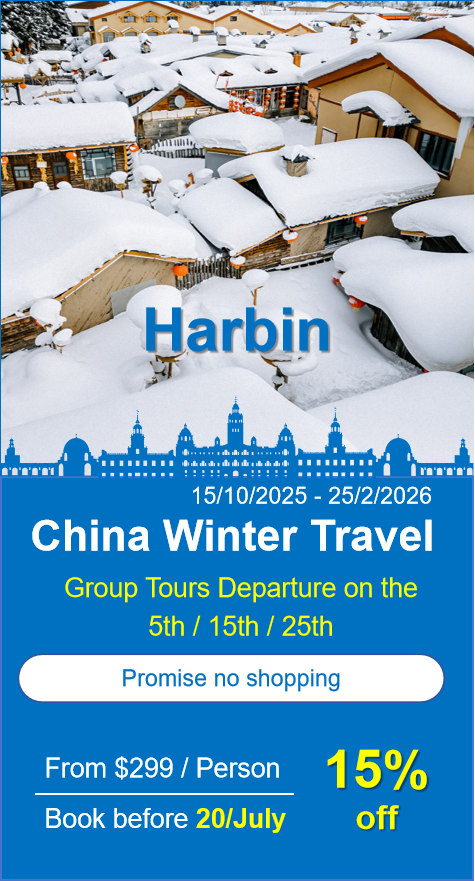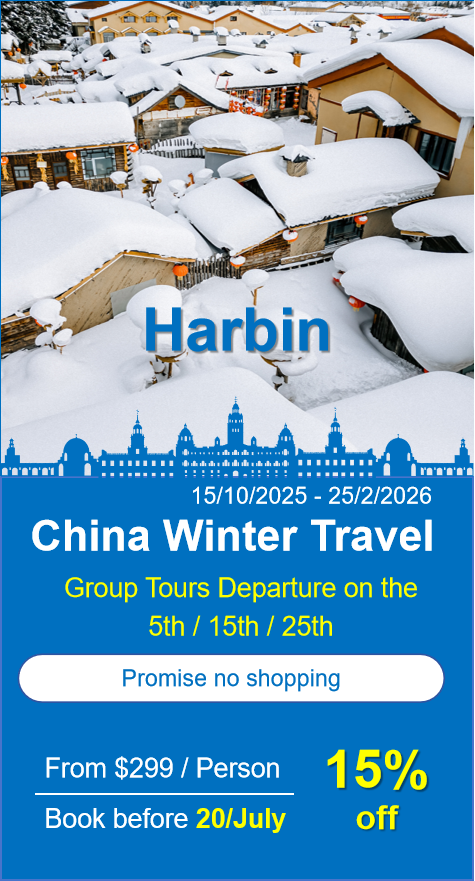China Characters
China Characters: A Timeless Journey Through Script and Art

China is a linguistic and cultural mosaic, home to over 130 languages and nearly 30 writing systems. These scripts fall into two broad categories: the traditional Chinese character system (汉字, Hànzì) and Ethnic Minority scripts. Each system carries unique historical, artistic, and functional significance, reflecting China’s diverse heritage.
 Traditional Script System
Traditional Script System
The traditional script system of China is dominated by Hanzi (Chinese characters), the writing form of the Han language. Hanzi boasts a rich typographical evolution, encompassing seven major styles:
- Oracle Bone Script (甲骨文): The earliest known Chinese characters, inscribed on turtle shells and animal bones during the Shang Dynasty (c. 1600–1046 BCE), primarily used for divination
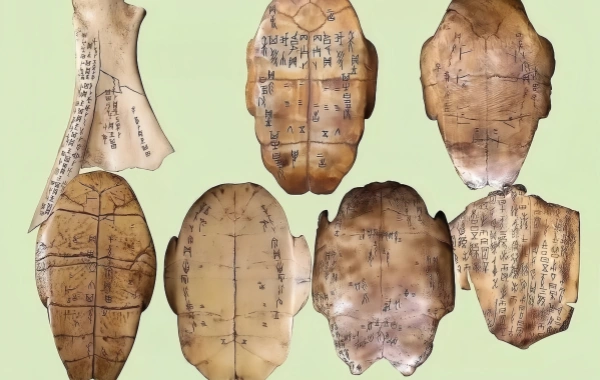
- Bronze Script (金文): Cast on bronze ritual vessels during the Zhou Dynasty (1046–256 BCE), featuring more structured strokes.
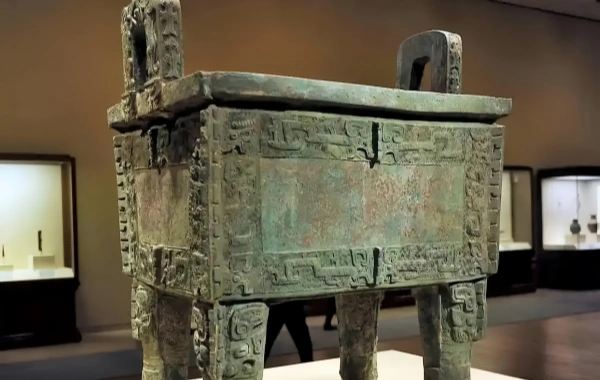
- Seal Script (篆书): Divided into Greater Seal (大篆) and Lesser Seal (小篆). The latter, standardized under Emperor Qin Shi Huang, became the uniform script of the Qin Dynasty (221–206 BCE).
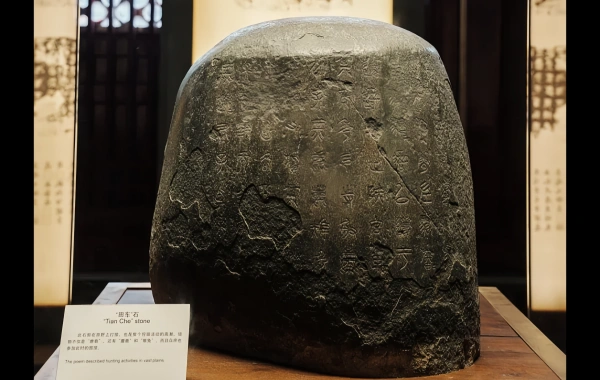
- Clerical Script (隶书): Reformed by Cheng Miao (程邈) during the Qin Dynasty, this style simplified strokes and introduced the "horizontal-first, vertical-second" rule, laying the foundation for modern Chinese writing.
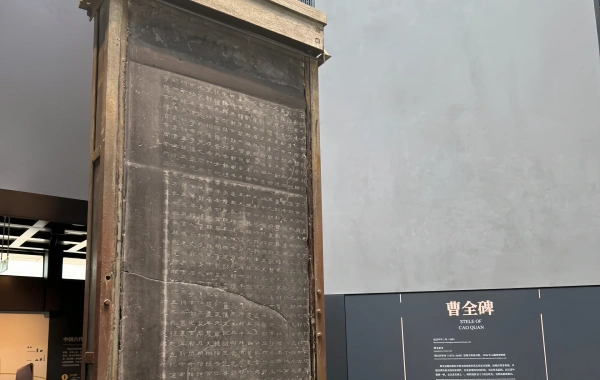
- Regular Script (楷书): Matured in the Tang Dynasty (618–907 CE), characterized by balanced proportions and sharp strokes. It remains the standard for printed text.
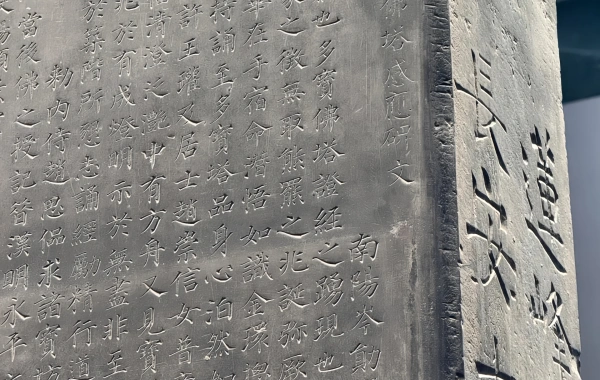
- Cursive Script (草书) and Running Script (行书): Developed for rapid, informal writing. Cursive Script prioritizes fluidity, while Running Script balances speed and readability.
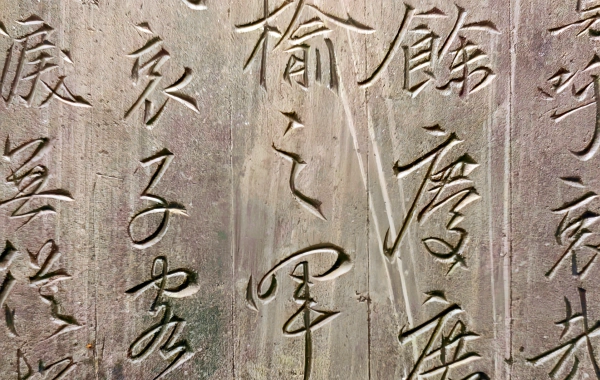
 Development History
Development History
The evolution of Chinese characters spans over 3,000 years:
- Shang to Zhou Dynasties: Oracle Bone and Bronze Scripts dominated, serving ritual and administrative purposes.
- Qin Dynasty: Lesser Seal Script unified the nation’s writing system.
- Han Dynasty (206 BCE–220 CE): Clerical Script emerged, replacing Seal Script in daily use.
- Tang Dynasty: Regular Script reached perfection, with calligraphers like Yan Zhenqing (颜真卿) and Liu Gongquan (柳公权) setting aesthetic standards.
- Song Dynasty (960–1279): Movable-type printing popularized Regular Script.
 Ethnic Minority Scripts
Ethnic Minority Scripts
China’s 30+ ethnic scripts fall into non-alphabetic and alphabetic categories:
Non-Alphabetic Scripts
- Dongba Script (东巴文): A pictographic system used by the Naxi people in Yunnan for religious rituals.
- Yi Script (彝文): A syllabic script employed by the Yi people in Sichuan and Yunnan for both sacred texts and daily communication.
- Hangul (朝鲜文): Used by the Korean minority alongside Hanzi, this phonetic alphabet was created in the 15th century.
Alphabetic Scripts
- Indic-Derived Scripts: Includes Tibetan (藏文) and Dai (傣文) scripts, adapted from ancient Indian Brāhmī.
- Arabic-Derived Scripts: Such as Uyghur (维吾尔文) and Kazakh (哈萨克文), written right-to-left.
- Latin-Derived Scripts: Modern scripts like Zhuang (壮文) and Miao (苗文), introduced in the 20th century for linguistic standardization.
 Calligraphy and Ancient Masters
Calligraphy and Ancient Masters
Chinese calligraphy is revered as "the art of writing". Notable ancient masters include:
- Wang Xizhi (王羲之, 303–361 CE): The "Sage of Calligraphy," renowned for Lantingji Xu (兰亭集序) in Running Script.
- Ouyang Xun (欧阳询, 557–641 CE): A Tang Dynasty master of Regular Script, known for precise structure.
- Zhao Mengfu (赵孟頫, 1254–1322 CE): A Yuan Dynasty polymath who revived ancient styles.
 Artistic Representations
Artistic Representations
- Stele Inscriptions: Carved stone monuments, such as the Mount Tai Stele (泰山石刻) in Clerical Script.
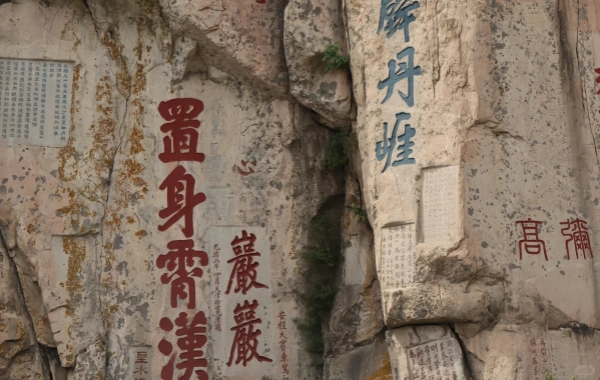
- Handscrolls and Albums: Masterpieces like Su Dongpo’s Han Shi Tie (寒食帖) in Running Script.
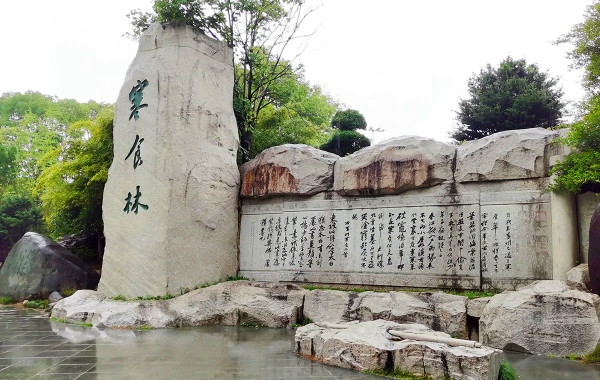
- Architectural Inscriptions: Couplets and plaques adorning temples and gardens.
Text-Themed Travel Experiences
For travelers seeking immersive encounters with Chinese scripts:
- Calligraphy Workshops: Learn basic strokes with brushes and ink in Xi’an or Hangzhou.
- Ancient Script Rubbing: Create rubbings of oracle bone or stele inscriptions at museums in Beijing or Zhengzhou.
- Ethnic Script Exploration: Visit Lijiang (Naxi Dongba) or Xishuangbanna (Dai Script) to decode minority texts.
- Nighttime Light Shows: Watch projected Hanzi animations on ancient city walls, such as in Pingyao.
- Digital AR Experiences: Use apps to "write" virtual characters on historical sites like the Forbidden City.
China’s writing systems are living testaments to its cultural diversity and historical depth. From the enigmatic curves of oracle bones to the digital fonts of today, these characters bridge millennia of innovation. For travelers, engaging with China’s scripts offers not just linguistic insight but a profound connection to its artistic and intellectual legacy.
 The Four Treasures of the Study
The Four Treasures of the Study
Central to Chinese calligraphy and painting are the "Four Treasures of the Study" (文房四宝 Wénfáng Sìbǎo), essential tools revered by scholars and artists for over two millennia. These treasures embody both functionality and artistic philosophy:
1. Brush (毛笔 Máobǐ)
- Materials: Traditionally made from animal hair (goat, wolf, or rabbit) attached to bamboo or wood handles.
- Types:
- Hard Brushes (狼毫 Lángháo): Wolf hair, ideal for precise strokes in Regular Script(楷书).
- Soft Brushes (羊毫 Yángháo): Goat hair, favored for fluid Cursive Script (草书).
- Famous Varieties: Hubi Brushes (湖笔) from Huzhou, Zhejiang, renowned since the Tang Dynasty for their durability and sharp tips.
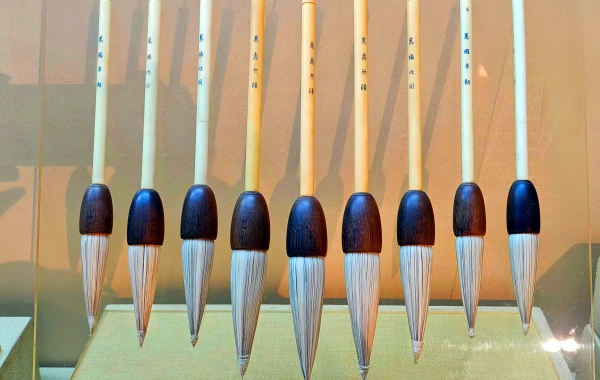
2. Ink (墨 Mò)
- Production: Crafted by burning pine soot (松烟 Sōngyān) or lampblack (油烟 Yóuyān), mixed with glue and shaped into sticks.
- Famous Varieties: Huīmò (徽墨) from Huizhou, Anhui, praised for its deep black hue and resistance to fading.
- Cultural Symbolism: Ink sticks often feature poetic inscriptions or carvings, blending utility with artistry.
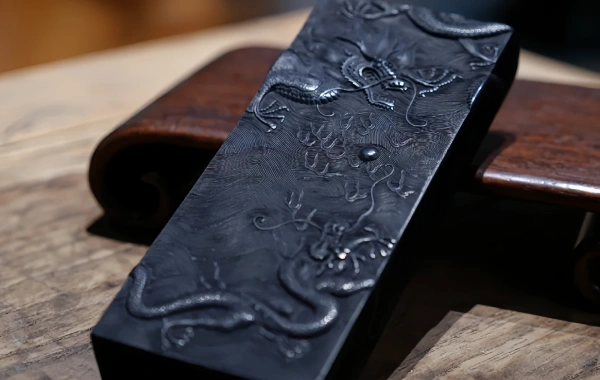
3. Paper (纸 Zhǐ)
- Xuan Paper (宣纸 Xuānzhǐ): Produced in Xuancheng, Anhui, using mulberry bark and rice straw. Its absorbency and texture make it ideal for calligraphy and ink painting.
- Raw Xuan (生宣): Highly absorbent, suited for expressive cursive styles.
- Ripe Xuan (熟宣): Coated with chalk, allowing for detailed brushwork.
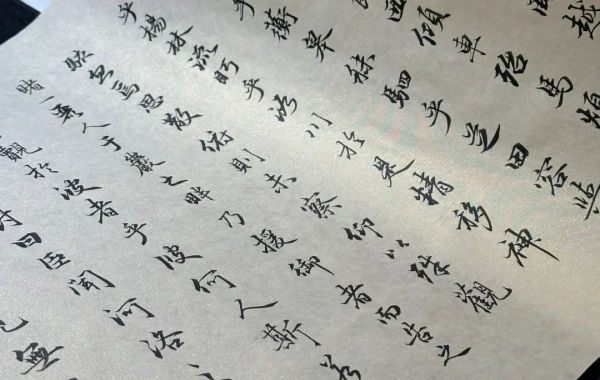
4. Inkstone (砚 Yàn)
- Materials: Carved from stone (e.g., Duan Stone from Zhaoqing, Guangdong, or She Stone from Shexian, Anhui).
- Function: Used to grind ink sticks against water, creating a smooth liquid.
- Artistic Value: Many inkstones are elaborately carved with landscapes or dragons, turning them into collectible sculptures.
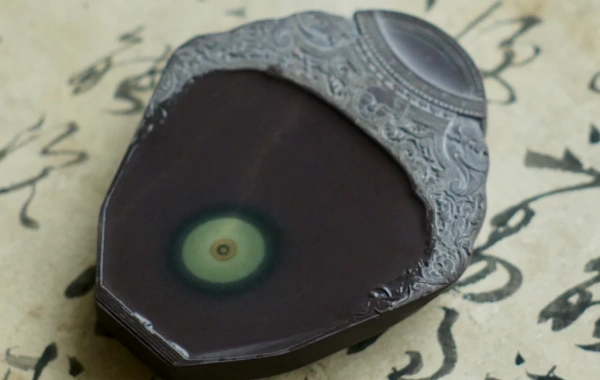
Cultural Significance
The Four Treasures reflect the Confucian ideal of harmony between humanity and nature. For scholars, preparing ink and brushing characters was a meditative practice, blending technical skill with philosophical reflection.
 Travel Experiences: Engaging with the Four Treasures
Travel Experiences: Engaging with the Four Treasures
For visitors eager to explore China’s literary heritage:
- Brush-Making Workshops: Craft a basic brush in Huzhou, learning how hair is sorted and bound.
- Ink Grinding Rituals: Participate in traditional ink preparation at Anhui’s Huīmò workshops, followed by calligraphy sessions.
- Xuan Paper Craftsmanship: Visit Xuancheng to witness paper-making from mulberry bark, then create your own sheet.
- Inkstone Carving: Try carving simple designs on Duan Stone in Zhaoqing, guided by local artisans.
- Calligraphy in Historic Settings: Write poetry with a soft brush on Xuan paper inside a Suzhou garden pavilion, guided by a master.
The Four Treasures of the Study are not merely tools but gateways to understanding China’s intellectual and artistic soul. By engaging with these elements, travelers gain a tactile connection to the same practices that inspired Tang poets, Song scholars, and Ming painters—a journey through both history and the senses.
Contact Us
What Our Clients Say?
Based on 10,000+ traveler reviews

